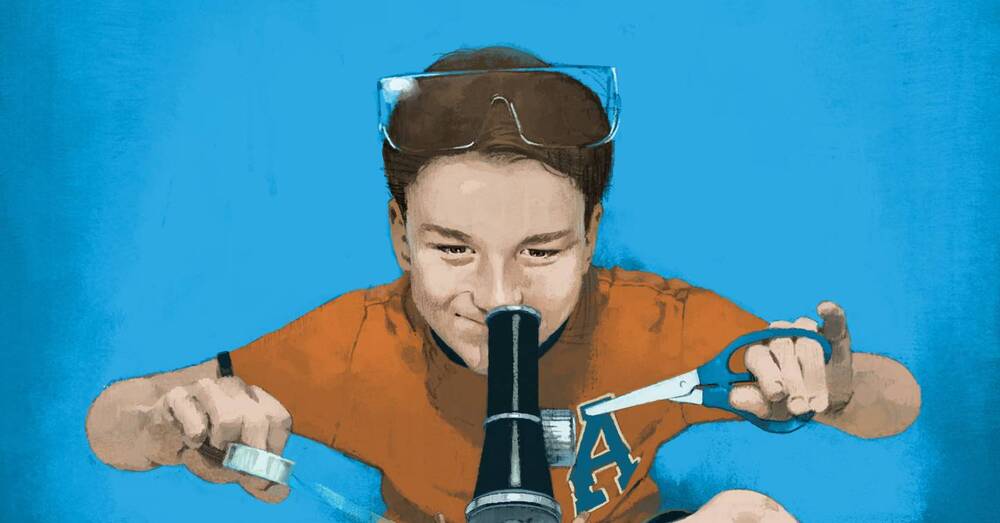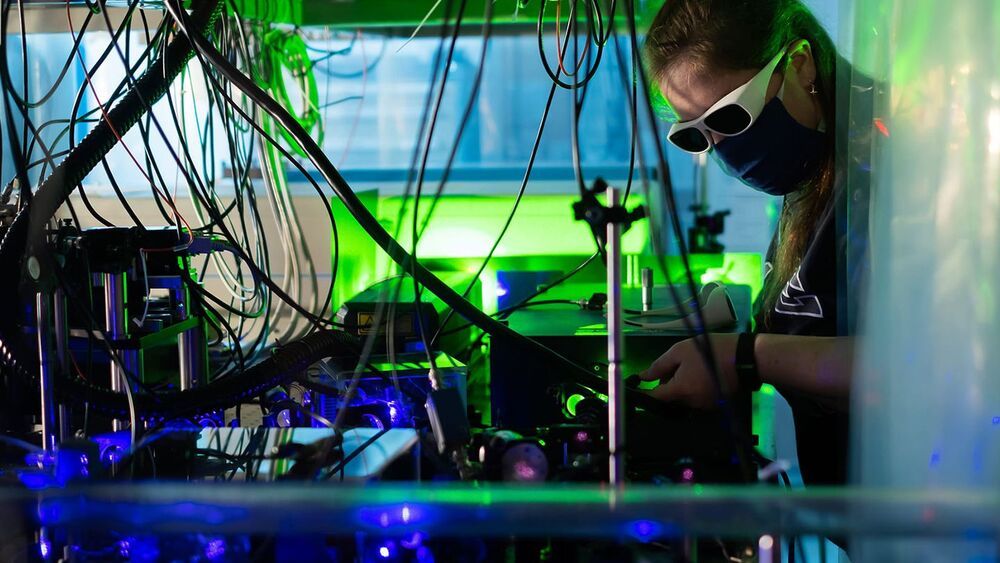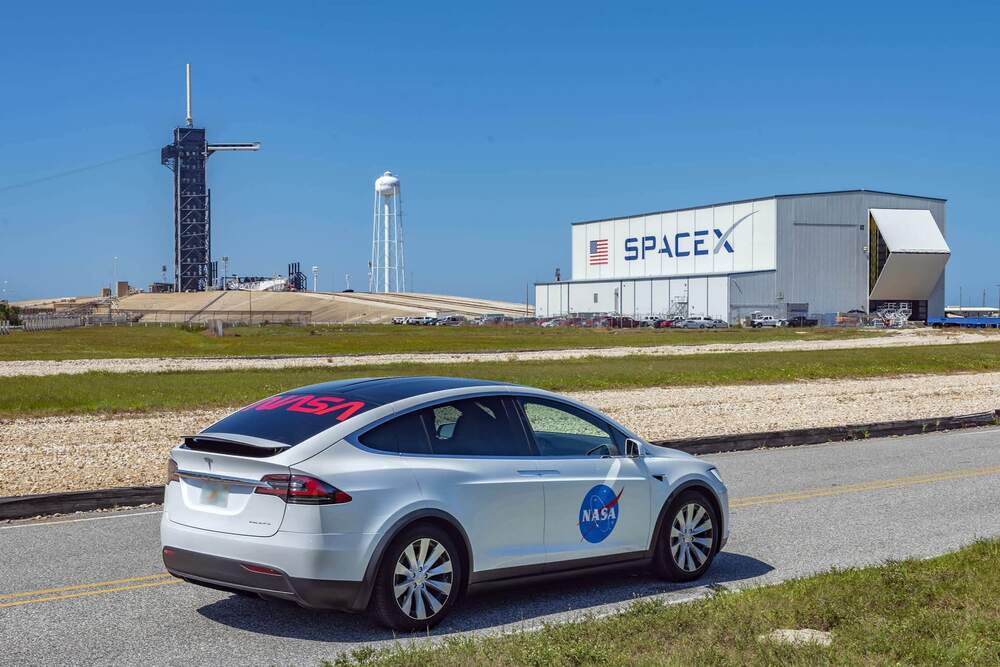Mar 8, 2021
Scientists develop model for faster-than-light warp drive
Posted by Quinn Sena in categories: materials, space travel
‘A class of subluminal, spherically symmetric warp drive spacetimes, at least in principle, can be constructed based on the physical principles known to humanity today,’ the scientists say.
“Conceptually, we demonstrate that any warp drive, including the Alcubierre drive, is a shell of regular or exotic material moving inertially with a certain velocity. Therefore, any warp drive requires propulsion. We show that a class of subluminal, spherically symmetric warp drive spacetimes, at least in principle, can be constructed based on the physical principles known to humanity today.”
Continue reading “Scientists develop model for faster-than-light warp drive” »


















